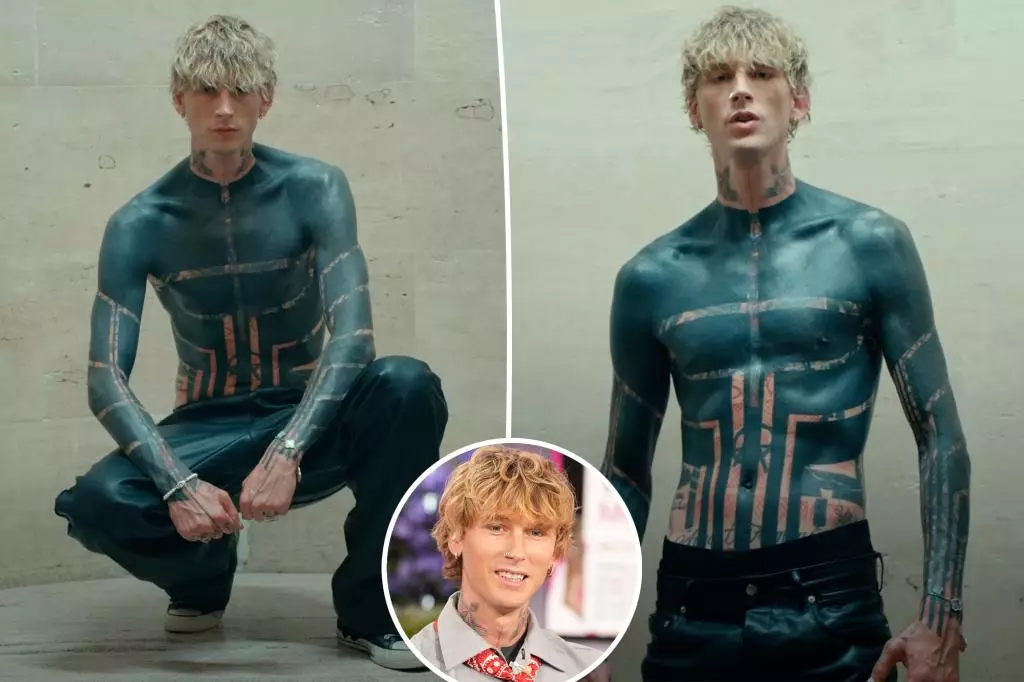Machine Gun Kelly’s latest tattoo stunt pushes the limits of traditional body modification, revealing a man determined to redefine his physical canvas. Unlike typical tattooing that often embraces individual expression or aesthetic appeal, MGK’s “blackout” piece symbolizes a deeper, almost existential quest for renewal and self-reinvention. His willingness to endure immense pain not simply for art’s sake, but as a form of personal transformation, signals a desire to challenge societal norms about what tattoos should represent. It’s a stark departure from superficial body modifications and an act rooted in emotional upheaval, mental health battles, and a desire to physically manifest inner chaos. His perspective questions whether our bodies are mere vessels for societal adornment or carriers of our most vulnerable truths.
The Pain as a Reflection of Inner Turmoil
MGK’s candid admission about experiencing “the worst torture” underscores the profound emotional layers behind this act. It’s not just about pain for pain’s sake; it’s a visceral confrontation with his mental struggles. The decision to forgo numbing agents and endure the pain reveals a profound desire to confront his fears head-on. In a way, the pain becomes a ritualistic act of defiance—an embodied statement that sometimes healing requires suffering. His body, already heavily tattooed, becomes a living testament to resilience, with the blackened skin serving as a stark metaphor for internal darkness, yet also a canvas for reclaiming his identity.
Reimagining Identity Through Art and Pain
MGK’s approach to his body art embodies an evolution of self—an attempt to transcend previous limitations. His commentary about “designing” his skin offers insight into how art and pain intertwine to craft a new narrative of self. His tattoos, some still visible beneath the blackout, carry unique emotional affiliations, like the piece by his daughter Casie. These remaining symbols of his past serve as anchors amidst the blackness, hinting at the complexity of his journey. His life as a father and artist adds layers to this act of self-redefinition, suggesting that personal growth might sometimes require erasing the old to make space for the new. His bold move sparks a broader conversation about whether true authenticity demands that we destroy parts of ourselves to rebuild more genuine identities.
Is Self-Transformation Worth the Cost?
MGK’s body transformation isn’t just about aesthetics; it’s about confronting the raw edges of his psyche. This act, driven by mental health struggles and a desire for control, prompts a critical reflection—how much pain are we willing to endure to find peace or reinvention? While many may view this as reckless or extreme, it forces us to reconsider the boundaries of self-expression and the power of physical suffering as a tool for emotional release. In a society obsessed with perfection and superficial change, MGK’s terrifying yet captivating journey demonstrates that sometimes, true transformation involves embracing chaos and pain—an act of courage that redefines what it means to heal and to become.


Leave a Reply